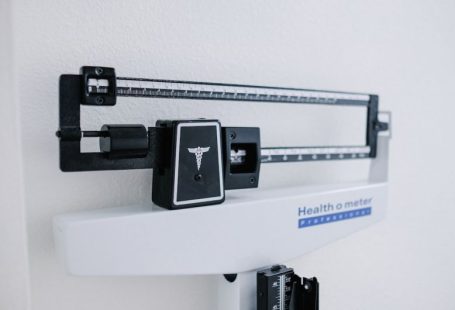When it comes to shopping, consumers have two main options: wholesale and retail. Each shopping method offers its own set of advantages and disadvantages, catering to different needs and preferences. Understanding the differences between wholesale and retail shopping can help individuals make informed decisions on where to spend their hard-earned money.
**What is Wholesale Shopping?**
Wholesale shopping involves purchasing goods in large quantities directly from manufacturers or distributors. This type of shopping is typically done by businesses looking to stock up on inventory to resell to customers. However, some wholesalers also offer their products to individual consumers at discounted prices.
**Pros of Wholesale Shopping**
One of the biggest advantages of wholesale shopping is the cost savings. Since products are purchased in bulk, wholesalers are able to offer lower prices per unit compared to retail stores. This can result in significant savings for consumers who are looking to buy in large quantities or stock up on essentials.
Another benefit of wholesale shopping is the wide selection of products available. Wholesalers often carry a diverse range of items, from clothing and electronics to household goods and food items. This variety allows consumers to find everything they need in one place, making it a convenient shopping option.
**Cons of Wholesale Shopping**
Despite the cost savings and selection, wholesale shopping may not be suitable for everyone. One downside is the minimum order requirements imposed by many wholesalers. Consumers may need to purchase a certain quantity of a product to qualify for wholesale pricing, which can be challenging for individuals looking to buy in smaller quantities.
Additionally, wholesale shopping may not offer the same level of customer service as retail stores. Since wholesalers primarily cater to businesses, individual consumers may not receive the same personalized assistance or return policies that retail stores provide.
**What is Retail Shopping?**
Retail shopping, on the other hand, involves buying products from stores that sell directly to consumers. Retailers purchase goods from wholesalers or manufacturers and sell them at a markup to cover their operating costs and generate a profit.
**Pros of Retail Shopping**
One of the main advantages of retail shopping is the convenience and accessibility it offers. Retail stores are easily accessible to consumers, with many locations situated in shopping malls, high streets, and online platforms. This makes it convenient for individuals to purchase items when they need them without having to buy in bulk.
Retail shopping also provides a more personalized shopping experience. Retailers often invest in customer service to assist shoppers with product recommendations, sizing, and returns. This level of service can help consumers make informed purchasing decisions and address any concerns they may have.
**Cons of Retail Shopping**
Despite its convenience and personalized service, retail shopping may come at a higher cost compared to wholesale shopping. Retailers typically mark up their prices to cover overhead expenses, which can result in higher prices for consumers. This markup can make it more expensive for individuals to purchase goods compared to buying in bulk from wholesalers.
Furthermore, retail shopping may offer a more limited selection of products compared to wholesalers. Retail stores may focus on popular items or brands, which could restrict consumers looking for niche products or specific variations.
**Making the Choice: Wholesale Vs. Retail**
When deciding between wholesale and retail shopping, consumers should consider their specific needs and preferences. Those looking to save money and buy in bulk may find wholesale shopping more beneficial, while individuals seeking convenience and personalized service may prefer retail shopping.
Ultimately, both wholesale and retail shopping have their own set of pros and cons, and the choice between the two depends on what matters most to the consumer. By understanding the differences between these shopping methods, individuals can make informed decisions that align with their shopping preferences and budget constraints.





